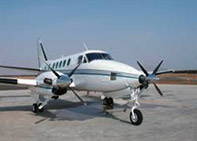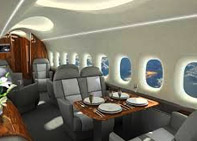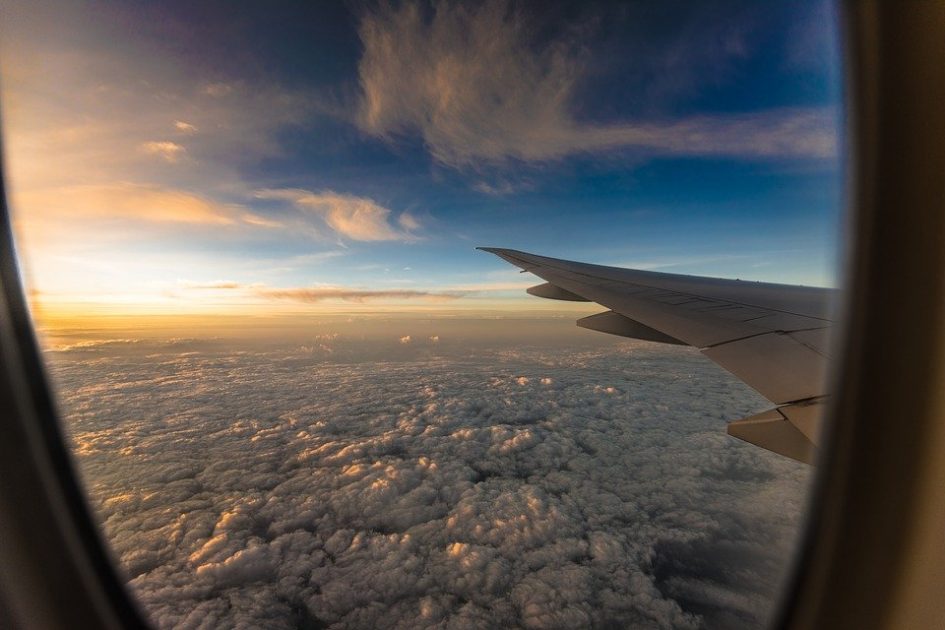It is a thrill to see an aeroplane cruising and maintain high altitudes, flying at 35,000 feet. Have you wondered what could be the reason for high altitude flights? Why do planes fly so high?
The higher ‘sweet spot’ at 35,000 and 42,000 feet
Planes can travel more efficiently as it flies at 35,000 feet and more as they can move faster, saves money and burns less fuel.
At cruising altitudes of around 35,000 feet, the air thins, and the aircraft’s weight decreases with regards to the fuel usage. Doug Morris, a captain with Air Canada, adds that higher the better is a rule as the thinner the air imposing lesser drag. He adds that there is a trade-off between fuel efficiency and power.
What is the weather up there?
Aeroplanes prefer stratosphere environments as it spells less turbulence. The troposphere is the atmospheric layer closest to the ground and faces the world’s weather phenomenon. As for the weather, assume the temperature at ground level is at 20°C, at 40,000 feet the temperature would be around -57°C, and at 35,000 feet it would be about -54°C.
Eluding Heavy Traffic
Flying high facilitates avoiding other airborne traffic including light aircraft or helicopters that usually fly at lower altitudes, some of which do not have pressurised cabins and need to be around 10,000 feet. Apart from which, they can also avoid insects and birds.
In the case of an emergency, like losing power in its engines, an aircraft at 35,000 feet, has more time to cope with the situation than a plane at 10,000 feet.
Minimum and Maximum flying height
There are laws which govern the minimum altitudes which need to be maintained by aeroplanes. The lowest safe altitude (LSALT) is the value which is reportedly applied by aviation bodies like the US Federal Aviation Administration and the British Civil Aviation Authority (CAA). Aeroplanes must not fly less than 1,000 feet above the highest fixed object that is beneath them.
When it comes to maximum altitude, while there is no limit, engines will struggle as the oxygen levels fall and the communication facet with the ground would be an issue. The record altitude for a jet plane was set by Alexandr Fedotov flying a Soviet MiG-25M in 1997 at 123,520 feet.








April 15, 2017 at 5:09 pm
My question is why doesn’t the plane fly in a straight line and eventually try to fly out into space? What keeps it at 33000 feet?